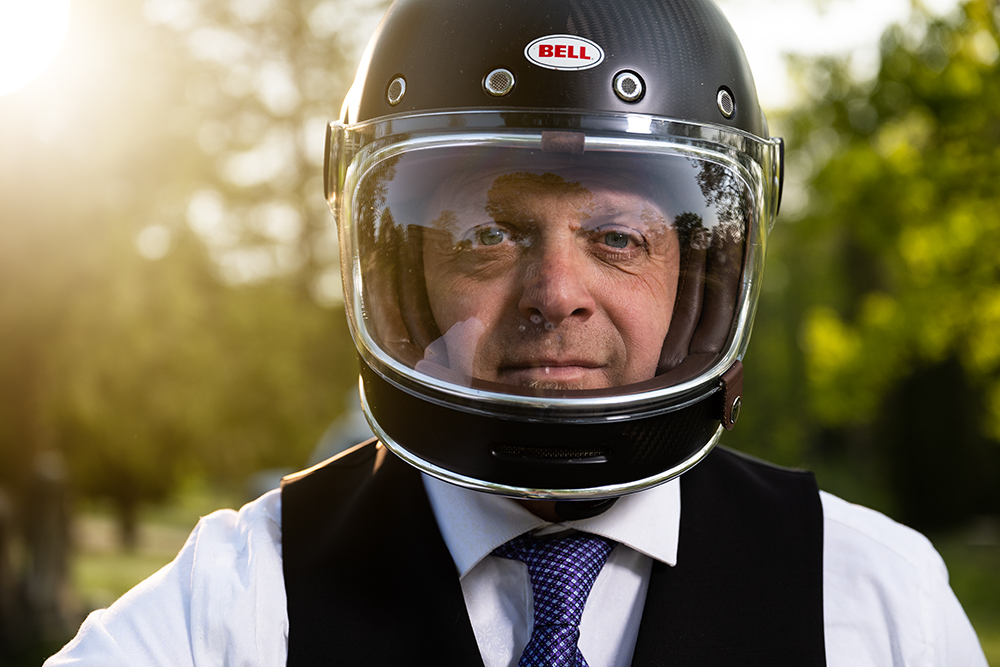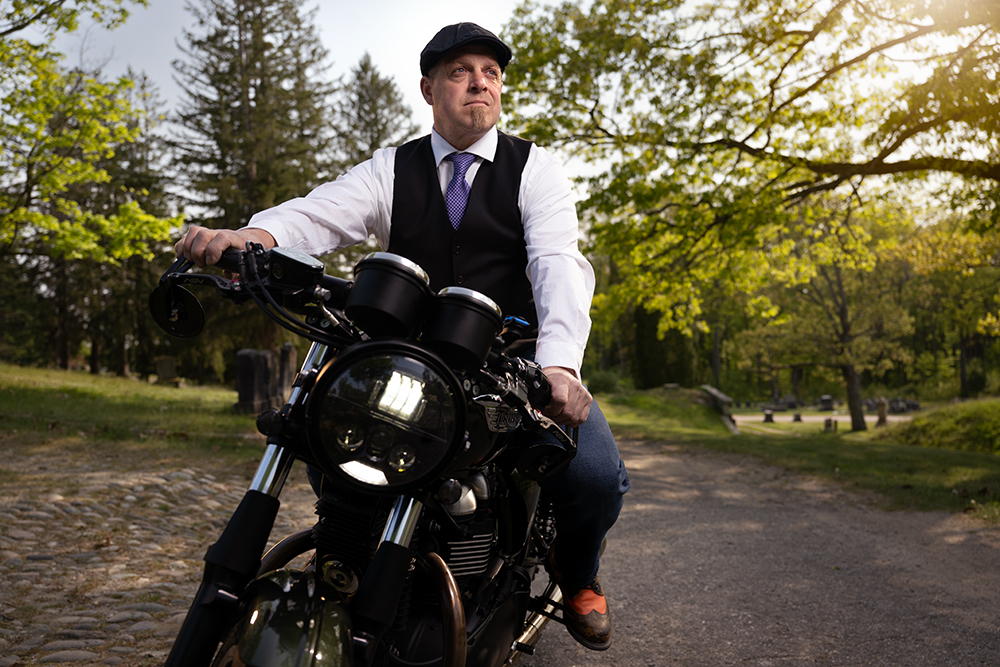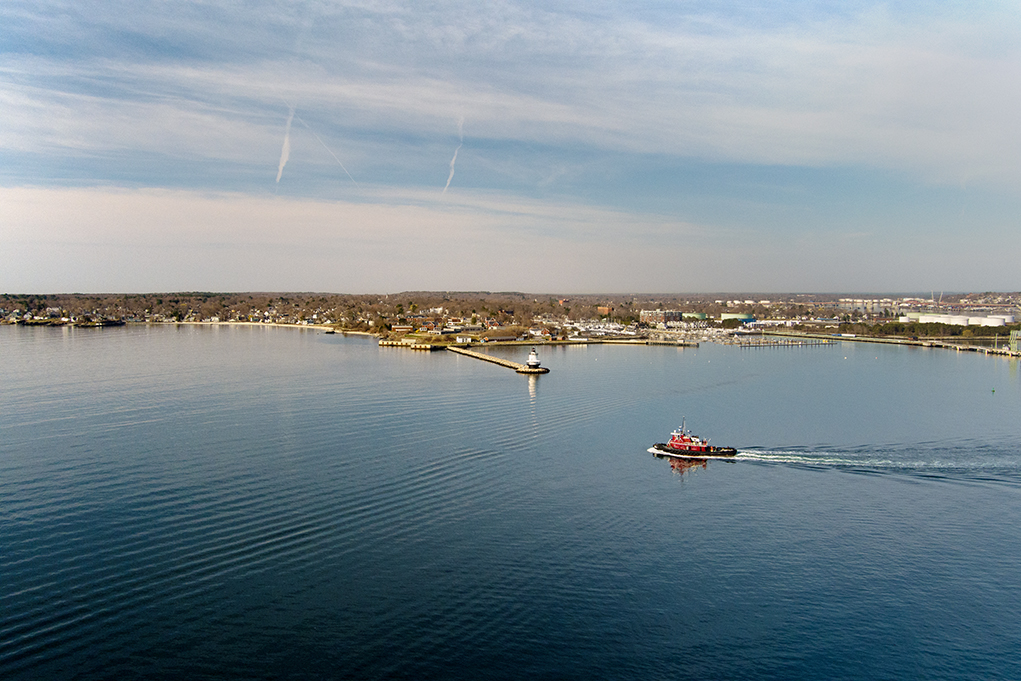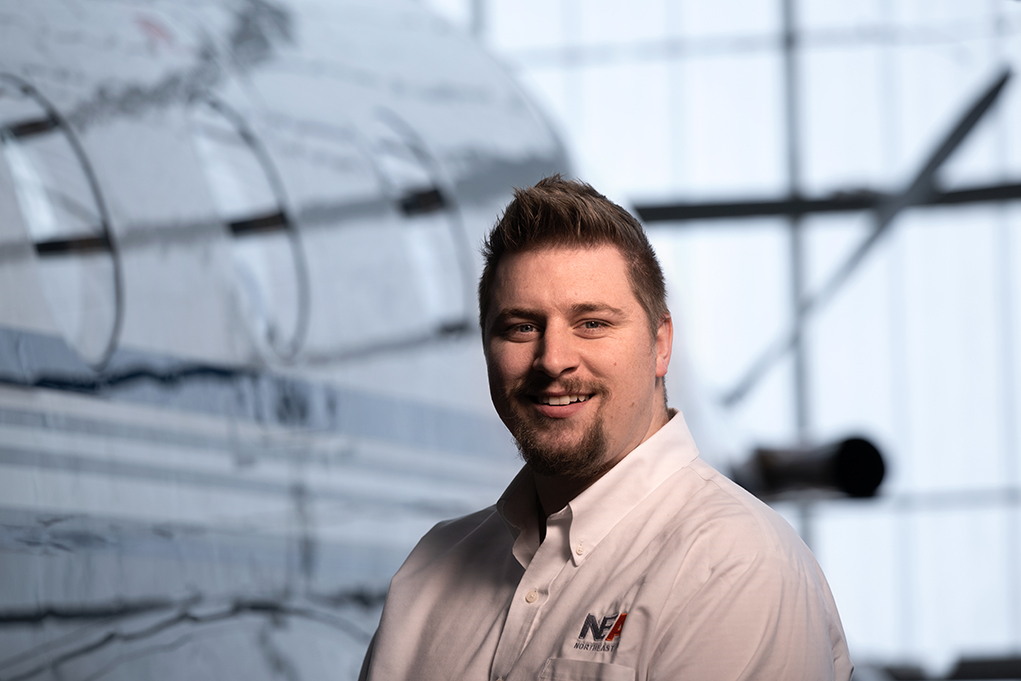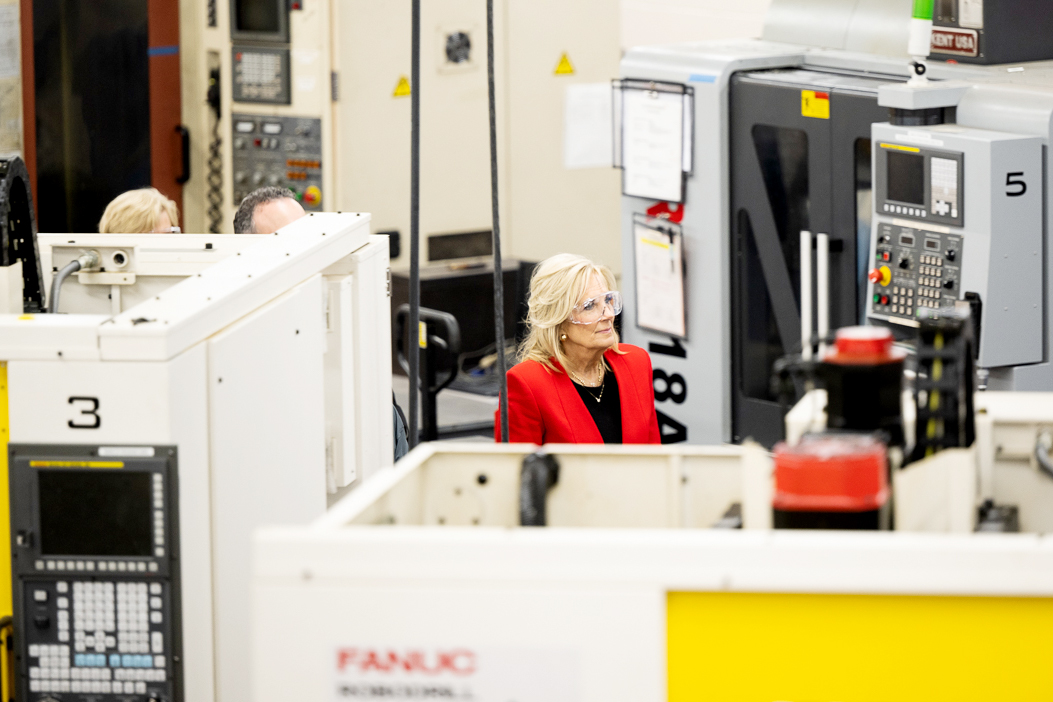
In 2022 I had the opportunity to shoot and produce video footage for a fun campaign for a longtime client, R.M. Davis. RMD is a financial advisory firm based in Portland with deep roots. With a 45-year track record of working with wealthy individuals, estates and businesses, they worked with Burgess Advertising & Marketing to create a concept called ‘The Business of Life’. My job was to create images that illustrated the concept; basically a series of vignettes showing transitional moments like college graduation or building a new home as well as individuals and business owners meeting with financial advisors.
Here are a few of the final images as used in the campaign. As is more often the case with my advertising clients, we built the shoots so we could take video footage as well as stills. This was later incorporated into a Business of Life video.
I think the campaign is a powerful example of people- and client-focused marketing that really works.








 © Brian Fitzgerald
© Brian Fitzgerald